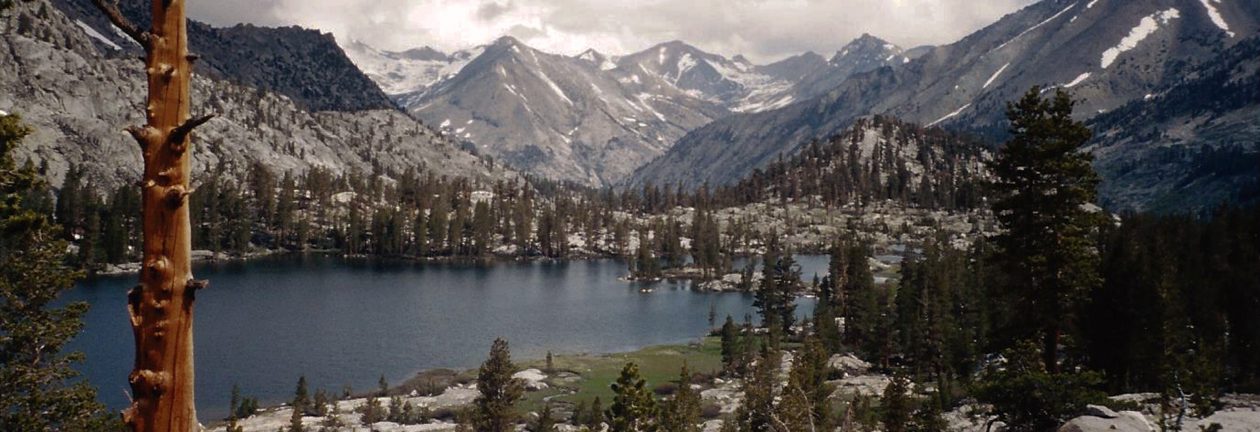Nuremberg, Germany
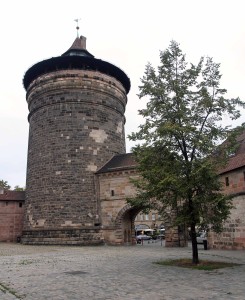
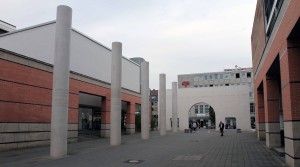
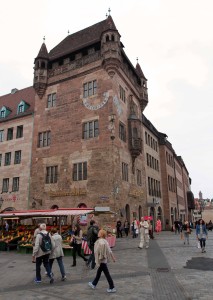
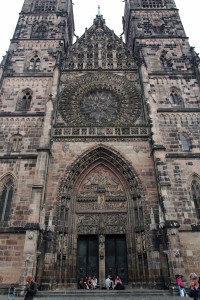
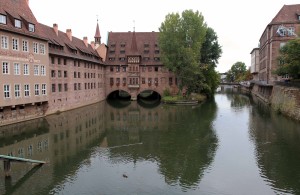
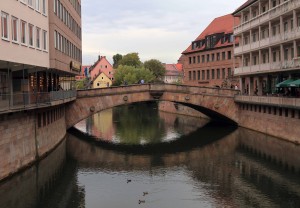
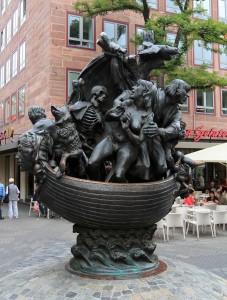
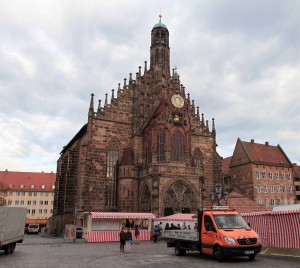
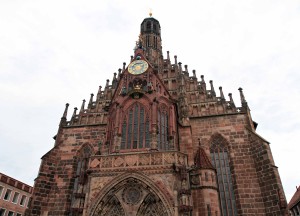
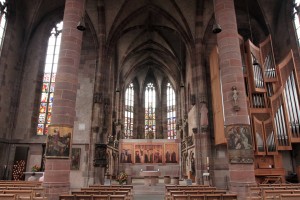
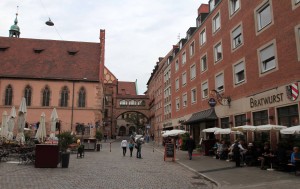
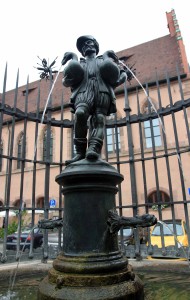
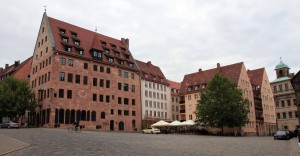
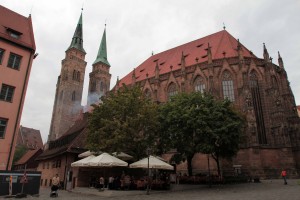
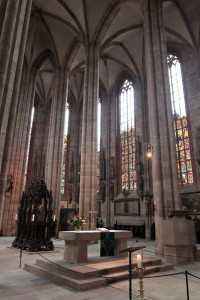
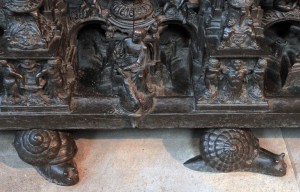
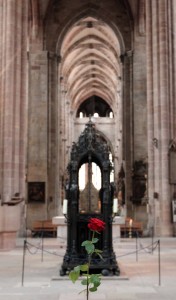
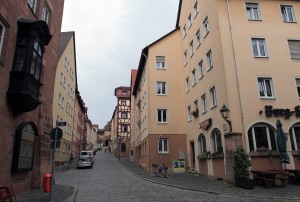
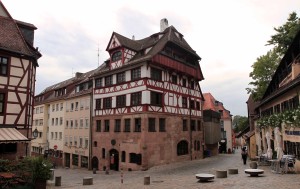
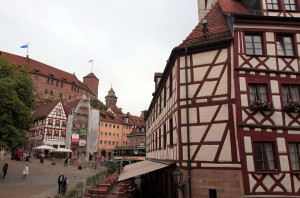
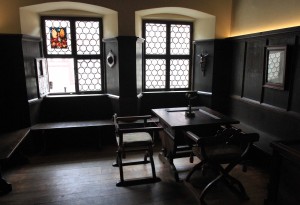
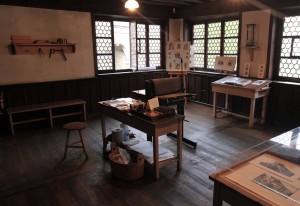
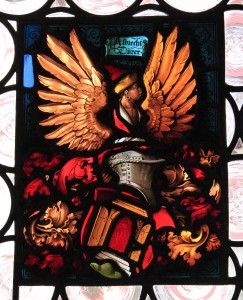

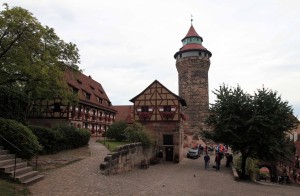
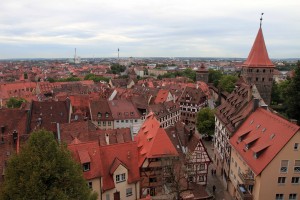
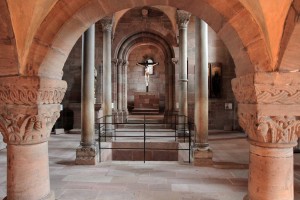
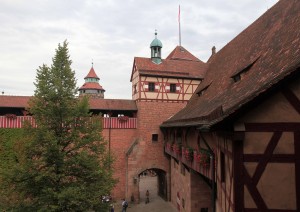
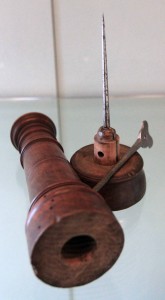
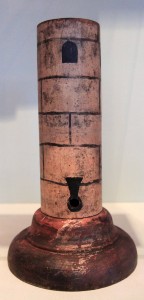
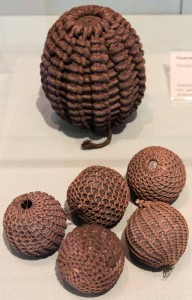
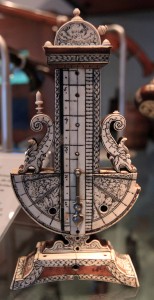
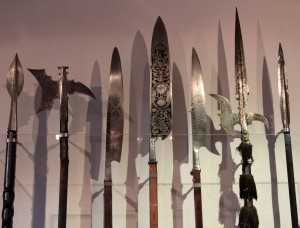
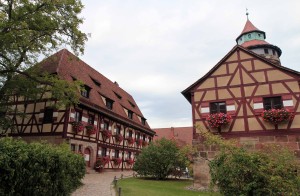
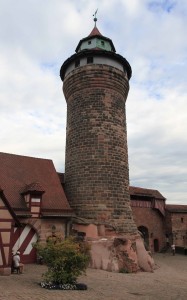
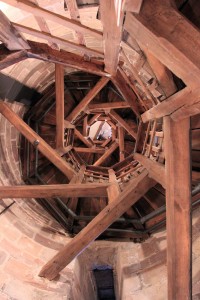
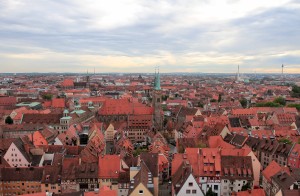
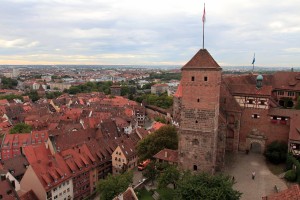
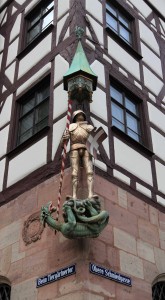
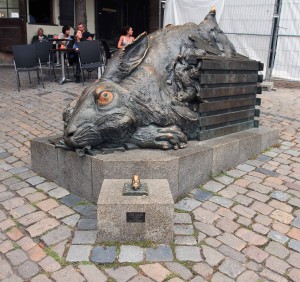
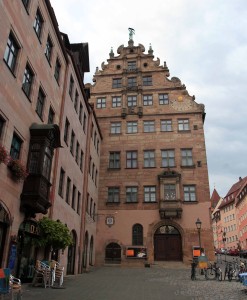
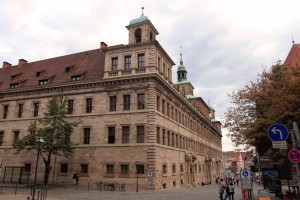
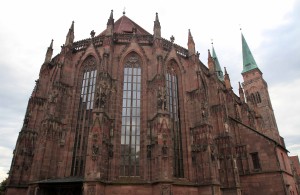
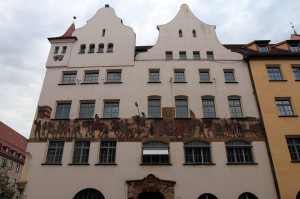
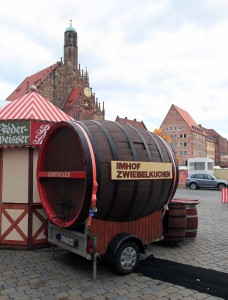
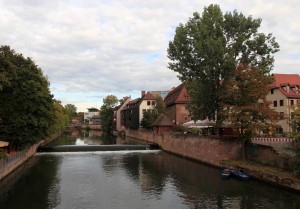
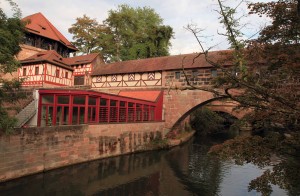
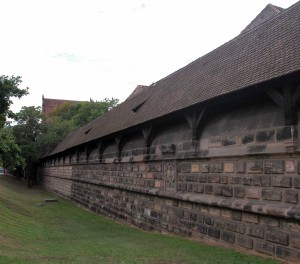
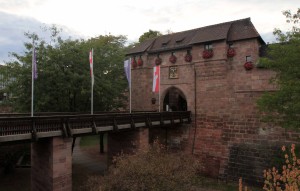
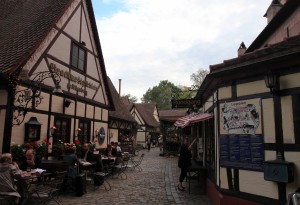
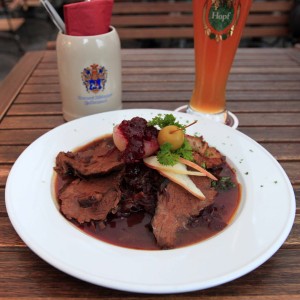
I slept in and had a late start today. I woke up shortly before noon, shaved, showered, dressed, and got ready. I exited the hotel around 13:00 and walked to the historic city of Nuremberg (Deutsch: “Nürnberg”). I reached the southern part of the city wall and followed it east before entering inside and walking north to St. Lawrence Church (“Lorenz Kirche”), which was completed in 1477 AD (construction started in 1250 AD). I admired the church’s western façade, but it did not appear open, so I continued further north, crossing the Pegnitz River, and walking to the Hauptmarkt (a farmer’s market that had many stalls being set up and prepared for the Autumn Market). On the east side of the Hauptmarkt is the Church of Our Lady (“Frauenkirche”), a brick Gothic church that was built on the initiative of Charles IV, Holy Roman Emperor, between 1352 and 1362 AD; the church was constructed in place of the former Jewish synagogue, which was destroyed during the pogrom of 1349 AD, which followed an outbreak of Black Death (the locals weren’t sure what the cause of the plague was, but they thought it was Divine punishment and naturally they assumed the Jews were to blame for bringing down God’s wrath). One of the most notable features of the church is the Männleinlaufen, a mechanical clock on its western façade that commemorates the Golden Bull of 1356 AD (the Golden Bull is a decree issued by the Imperial Diet at Nuremberg and Metz (Diet of Metz (1356/57 AD)) headed by the Emperor Charles IV which fixed, for a period of more than four hundred years, important aspects of the constitutional structure of the Holy Roman Empire). I entered inside the church and looked around before exiting and walking on. My next stop was St. Sebaldus Church, which began construction in 1225 AD and was completed by 1273-75 AD. I entered inside the church and walked around the nave and ambulatory, looking at all the artwork on the walls. Once finished, I exited the church and continued my walk through old town Nuremberg. Next, I walked to the Albrecht Dürer House, which is where the famed German Renaissance artist lived from 1509 to his death in 1528 AD. The house is now a museum and has several copies of Dürer’s most famous works and also has several of the rooms laid out in a manner similar to how it may have looked when Dürer lived there. I entered inside the house, paid for my ticket, received my audio guide, and started to walk through the different levels open to the public, going from one kitchen to the master bedroom to the wanderer rooms to a smaller kitchen and to his workshop. After following the audio guide through the different floors and learning a little more about Albrecht Dürer’s life, I returned to the bottom floor and exited the museum. Next, I walked to the Kaiserburg Imperial Castle just north of the Albrecht Dürer House. I walked around the northern side of the castle and passed through its main entrance. I then reached the ticket counter and bought a ticket for the museum inside and the tall tower outside (the “Sinwell Tower” – “sinwell” is Middle High German for “round”). I first entered inside the museum and walked through the various rooms (the Knight’s Hall, the Imperial Chapel, different apartments, etc.). The museum had a fairly thorough overview of the Holy Roman Empire and the historic role Nuremberg played during that period; there were also quite a few replicas of important Holy Roman artifacts on display with descriptions (e.g. the Holy Lance, an Imperial Crown, and an Imperial Orb and Scepter – real versions of these items can be seen inside the Imperial Treasury in Vienna); in addition, there were also authentic artifacts such as knights’ armor, weapons, and other tools for warfare. After walking around the different restored rooms inside the castle (the castle was heavily damaged thanks to the relentless Allied bombing campaign in 1944/45 AD) and looking at the displays and artifacts, I returned to the cool daytime air and walked to the Sinwell Tower, which I entered and climbed up to the top. From the top of the tower I had great views of the historic city and I took many photographs. After descending the tower, I walked through the old town once more. I passed by the Fembo House (late Renaissance merchant house) and the City Hall (on the backside of St. Sebaldus Church) before making my way to Insel Schütt (the island in the middle of the Pegnitz River, on the east side of the old town). On this island I noticed many beer/food stalls being set up and prepared and then I saw a sign for Altstadtfest (the “old city festival”) which starts tomorrow – I had no idea, but now I know where I will be after touring some important National Socialist sites tomorrow). Next, I walked south to the southeast tower where there is a crafts yard and small eateries built in a traditional manner. At this point I decided to get dinner and found an appropriate German restaurant nearby (I was tempted to eat at the Irish pub next door, but that would’ve been nutty). For dinner I had wheat beer, a goulash soup (with marjoram, leeks, potatoes, and garlic pepper), bread, and a Franconian marinated pot roast in a strong honey and gingerbread with apple slices and a wine braised red cabbage. After that scrumptious feast, I walked back to the hotel. I tried to make it to the nearby grocery store before 20:00, but just missed making it in time; so I had to settle for using the vending machine inside the hotel for drinks (such as Red Bull to wake my ass up). Shame that so many places close at 20:00 here. I then got to work typing out some journal entries on my laptop. I worked until 01:40 with a Red Bull, Snickers, and beer as fuel. After 01:00, the internet stopped for me (I had bought a 12-hour ticket at this hotel and had now spent all my time between last night and tonight; what’s unbelievable is that some places still charge for internet usage this day in age). Anyway, after working and listening to music, I finally ended up falling asleep after 03:00.
